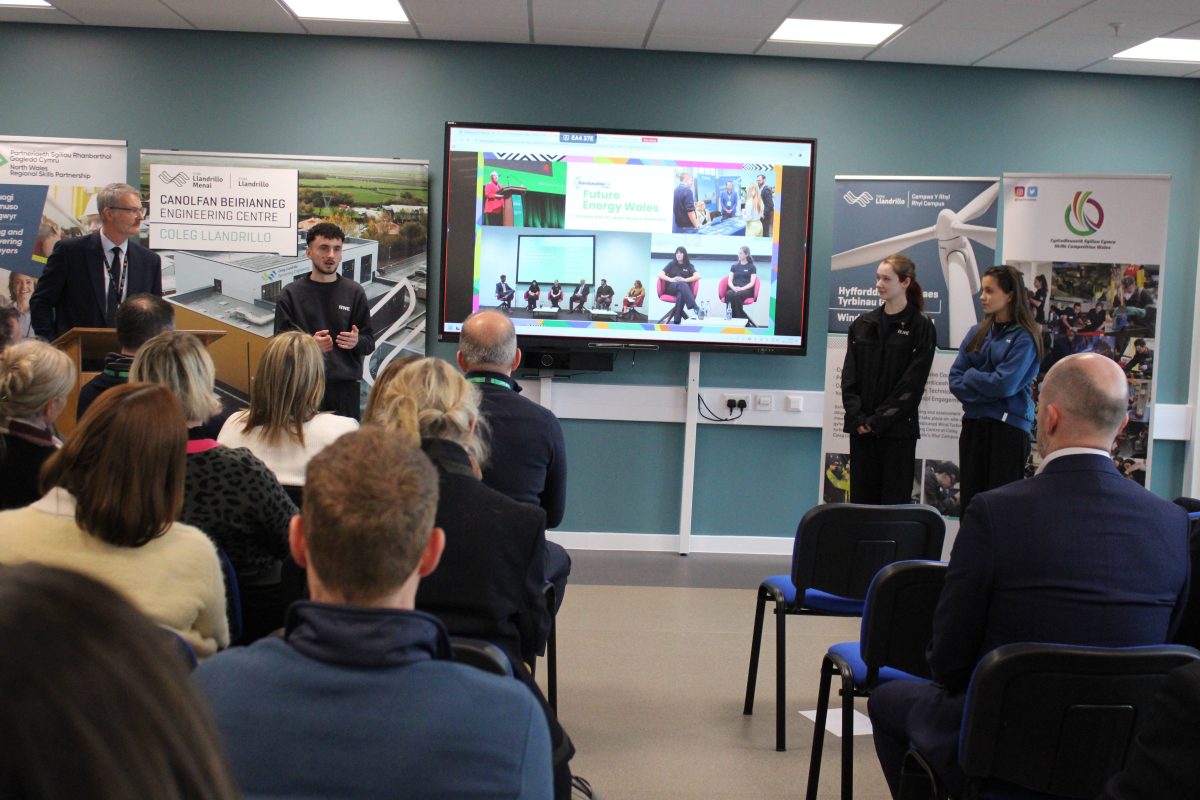Young people not in education, employment or training (NEET)

Total young people who were not in education, employment or training
Publication of statistics today (20 Aug) from the ONS show that 39% of young people not in education, employment or training (NEET) are looking for, and available for work.
There were an estimated 765,000 young people (aged 16 to 24 years) in the UK who were not in education, employment or training (NEET) in April to June 2020. The number was down by 28,000 when compared with April to June 2019 and a decrease on the quarter of 6,000.
The total number of people aged 18 to 24 years who were NEET was 705,000.
Of the 765,000 people aged 16 to 24 years who were NEET in April to June 2020, 413,000 were men and 351,000 were women (a record low).
In April to June 2020, an estimated 11.1% of all people aged 16 to 24 years were NEET. The proportion was down by 0.3 percentage points from April to June 2019 and decreased on the quarter by 0.1 percentage points.
The percentage of those aged 18 to 24 years who were NEET was 13.0% in April to June 2020.
Estimates of young people (aged 16 to 24 years) who are not in education, employment or training, by age and sex.
-
There were an estimated 765,000 young people (aged 16 to 24 years) in the UK who were not in education, employment or training (NEET) in April to June 2020; this was a decrease of 28,000 compared with April to June 2019 and was down by 6,000 compared with January to March 2020.
-
The percentage of all young people in the UK who were NEET in April to June 2020 was estimated at 11.1%; the proportion was down by 0.3 percentage points compared with April to June 2019 and down by 0.1 percentage points compared with January to March 2020.
-
Of all young people in the UK who were NEET in April to June 2020, an estimated 39.0% were looking for, and available for, work and therefore classified as unemployed; the remainder were either not looking for work and/or not available for work and were classified as economically inactive.
Unemployed young people who were not in education, employment or training
Unemployment measures people without a job who have been actively seeking work within the last four weeks and are available to start work in the next two weeks. In April to June 2020, there were an estimated 298,000 unemployed young people (aged 16 to 24 years) who were not in education, employment or training (NEET), down by 32,000 from April to June 2019 and down by 22,000 from January to March 2020.
In April to June 2020, there were an estimated 181,000 unemployed men aged 16 to 24 years who were NEET and 117,000 unemployed women aged 16 to 24 years who were NEET.
Economically inactive young people who were not in education, employment or training
Economic inactivity measures people not in employment who have not been seeking work within the last four weeks and/or are unable to start work within the next two weeks. In April to June 2020, there were an estimated 467,000 economically inactive young people (aged 16 to 24 years) who were not in education, employment or training (NEET), up by 4,000 from April to June 2019 and up by 16,000 from January to March 2020.
In April to June 2020, there were an estimated 232,000 economically inactive men aged 16 to 24 years who were NEET (a record high) and 234,000 economically inactive women aged 16 to 24 years who were NEET (a record low).
Top 3 tips for how younger people can improve their employability prospects
- Enhance your skills with an online learning course: Develop new skills or enhance existing ones through online learning courses. This can help improve employability, career prospects and overall confidence. Young people should think about how they can hone two distinct sets of skills: ‘hard skills’, which are crucial to doing a specific role where you may need specialist or technical knowledge, and ‘soft skills’ which are essential to being successful at your job, like collaboration and creativity. We know that digital skills are in high demand and integral to the roles that offer people long-term career prospects. That’s why we’ve compiled a list of the top 10 roles in the digital economy and are helping people to learn these skills for free by providing 1,000 hours of learning resources.
- Keep your LinkedIn profile fresh to attract opportunities: Keeping your CV and LinkedIn profile up to date is key if you want to stand out to potential employers. Posting active updates on your online profile can also be an easy way to keep your network in the loop on the projects you’ve been working on and the industry topics you’re interested in, providing a snapshot into your professional life. You can also let recruiters and your network know you’re open to new opportunities by enabling the ‘Open to Work’ feature on your profile.
- Ace the (virtual) interview. In the current climate, you should be prepared for a virtual interview. The hardest part of this is establishing a connection with the interviewer. Be sure to use the first few minutes of the call to build a personal connection, and put yourself at ease. Choose a quiet location and don’t be afraid to position yourself with a backdrop that tells the interviewer a little something about you. There’s also a range of tools available on LinkedIn to help you brush up on your interview skills – including a new AI feedback feature that you can use to practice your answers and get helpful pointers before the real thing.
Janine Chamberlin, Director at LinkedIn, said:
“We’re facing the toughest labour market in a generation, especially for younger people. LinkedIn data shows that there are three times as many people applying to every role compared to a year ago.
“But the good news is that the impact of the pandemic on consumer demand has created new employment opportunities – and young people starting their careers are perfectly placed to grab them. In the last month, LinkedIn data shows a surge in demand from companies looking to bolster customer service and support capabilities, with supermarkets, convenience stores and retailers in particular looking for Customer Service Assistants and Personal Shoppers.
“To help young people land these jobs, we’ve made online learning courses available for free on communication and problem-solving skills, which are integral to these roles, as well as other essential skills at opportunity.linkedin.com.”
The top 10 most in-demand jobs in the UK, month-over-month percentage growth and the number of jobs available on LinkedIn today, are:
- Personal Shopper
- More than 10x MoM growth
- 300+ roles available on LinkedIn
- Customer Service Assistant
- More than 10x MoM growth
- 1,700+ roles available on LinkedIn
- Pharmacy Manager
- More than 10x MoM growth
- 700+ roles available on LinkedIn
- Delivery Driver
- More than 10x MoM growth
- 10,000+ roles available on LinkedIn
- Retail Assistant
- 6.7x MoM growth
- 3,300+ roles available on LinkedIn
- Business Development Specialist
- 2.5x MoM growth
- 2,000+ roles available on LinkedIn
- Customer Service Advisor
- 2.3x MoM growth
- 3,000+ roles available on LinkedIn
- Store Manager
- 1.8x MoM growth
- 2,500+ roles available on LinkedIn
- Sales Executive
- 1.8x MoM growth
- 5,000+ roles available on LinkedIn
- Customer Success Manager
- 1.6x MoM growth
- 500+ roles available on LinkedIn
LinkedIn also analysed the top 10 in-demand skills globally during July 2020 based on the skills required in job postings:
- Communication
- Business Management
- Problem Solving
- Data Science
- Data Storage Technologies
- Technical Support
- Leadership
- Project Management
- Digital Literacy
- Employee Learning & Development
Documents
Young people not in education, employment or training (NEET), UK: August 2020
Details
Official statistics are produced impartially and free from political influence.











Responses